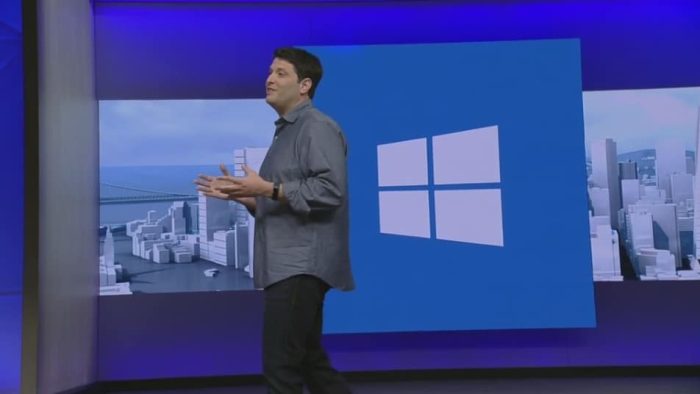Microsoft details how to make UWP apps look on fleek
2 min. read
Published on
Read our disclosure page to find out how can you help Windows Report sustain the editorial team Read more

Microsoft’s Windows team has spent a large part of the last two years reworking the plumbing of its operating system to create a dynamically scaling experience for its users. Unfortunately, during that time, developers had seemingly had to wait to see how the operating systems construction would shake out before they could wrap their heads around the design and API settings necessary to create some noteworthy experiences.
With Windows 10 well into its second phase of development, the engineers behind the operating system are encouraging developers to jump in full scale with their most creative and design heavy app ideas to help foster a beautifully polished Windows 10 ecosystem. With a few tips that include adding blur effects, drop shadows, split visuals, scene lighting and making use of a full range of Composition APIs, the Windows team is offering a brief tutorial on how to make visually stunning UWP apps for Windows 10 users.
The Composition APIs allow you to enhance the appeal of your Universal Windows Platform (UWP) app with a wide range of beautiful and interesting visual effects. Because they are applied at a low level, these effects are highly efficient. They run at 60 frames per second, providing smooth visuals whether your app is running on an IoT device, a smartphone, or a high-end gaming PC.”
To get a thorough understanding of the use of Composition APIs as well as sample codes and animated examples, visit the Windows Developer blog today. The Windows team is also encouraging interested developers to visit the Windows UI Dev Labs for sample effects and details on how to best apply visuals to UWP apps.
Beyond the argument of app-gaps and lackluster Store, offerings is a wholly relevant discussion of polish that can be seen lacking among UWP apps for some users. While apps, big and small, may be missing from the Windows Store, the apps that do appear should at least be a shining example of what’s capable on the Universal Windows Platform. Perhaps following the Windows team’s exhaustive UI tutorials, users will have further reason to explore the Windows Store for experiences on their devices.








